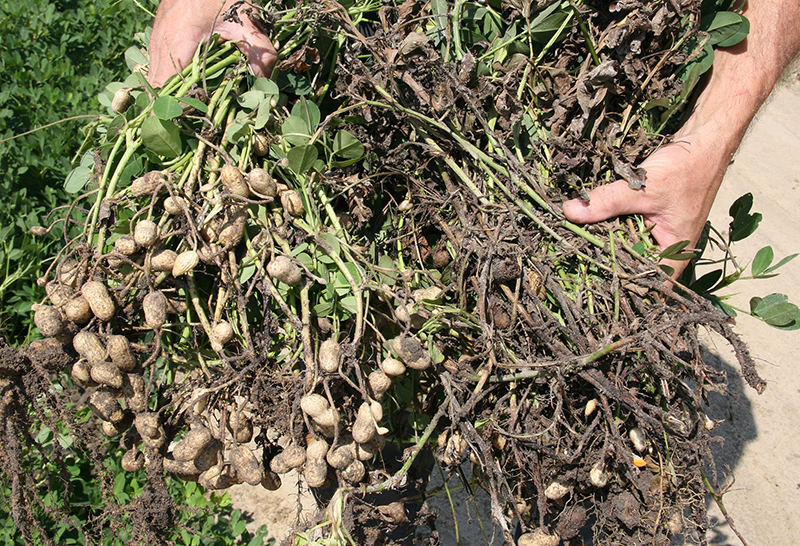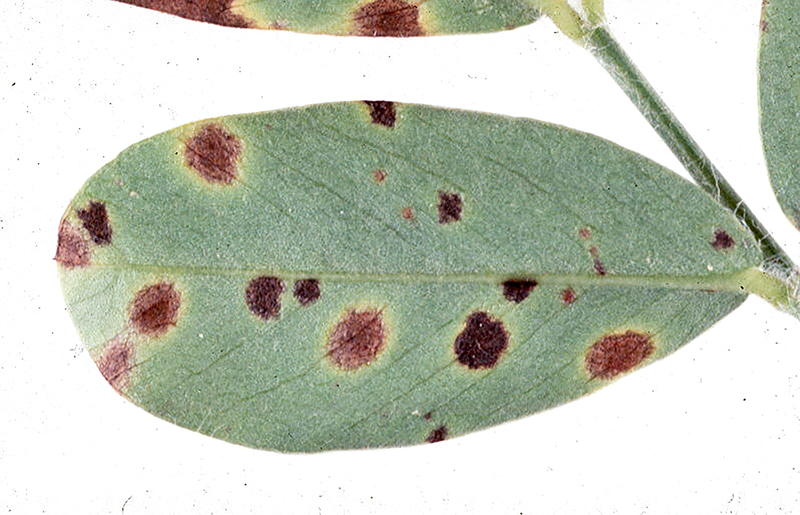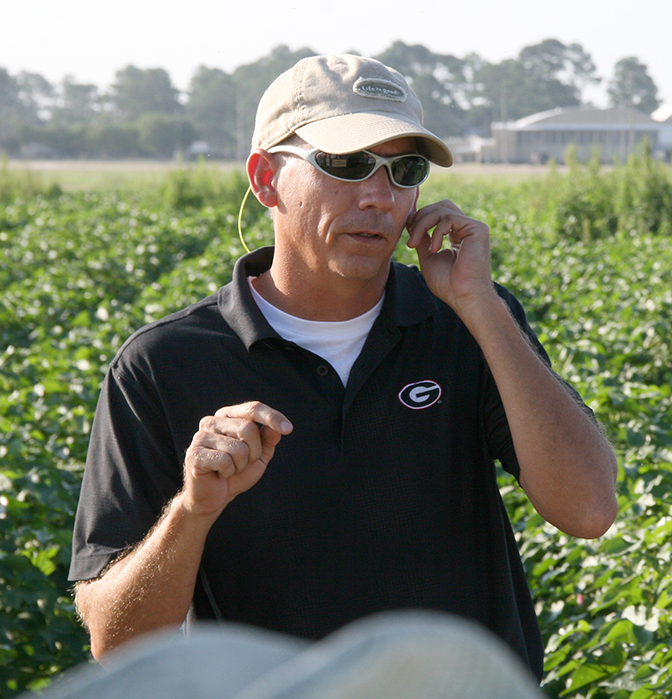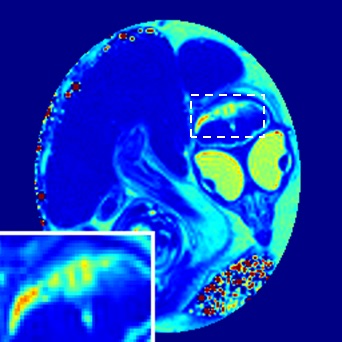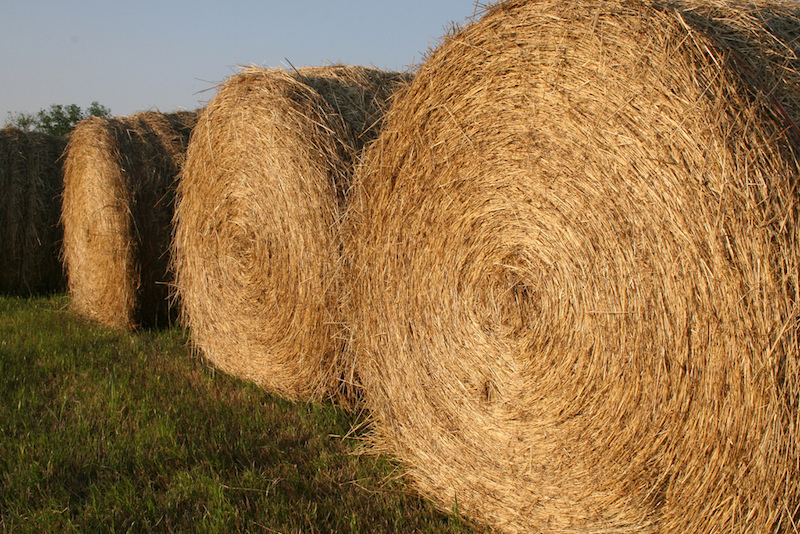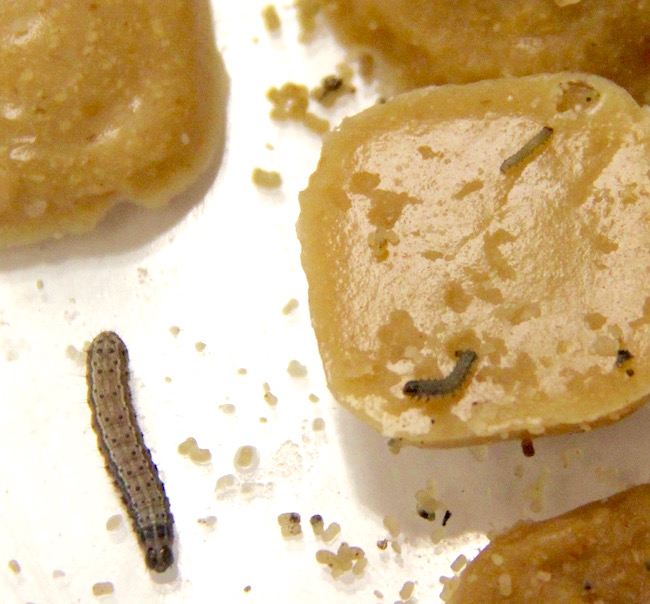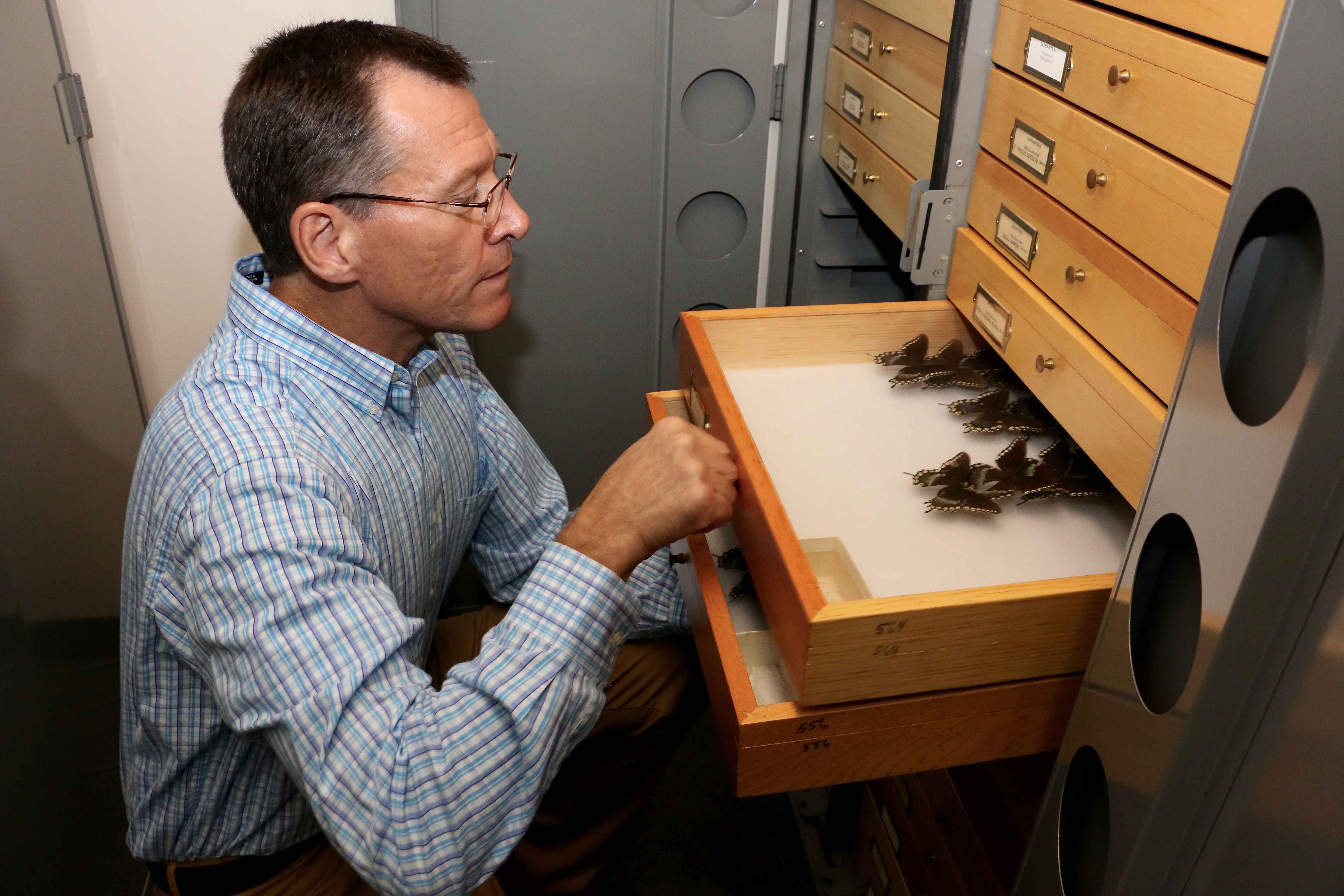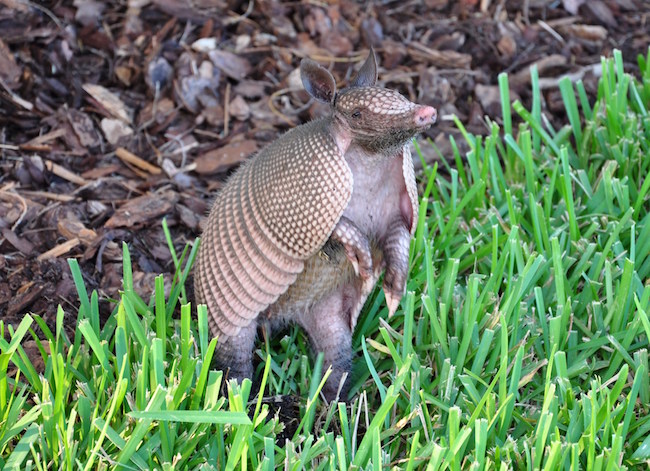 CAES News
CAES News
Armadillo Control
As the armadillo spreads farther north, the common question becomes, “How do I control these animals?” Armadillos feed primarily on invertebrates under the soil surface and the rooting action that takes place while they forage often damages lawns and landscapes.

